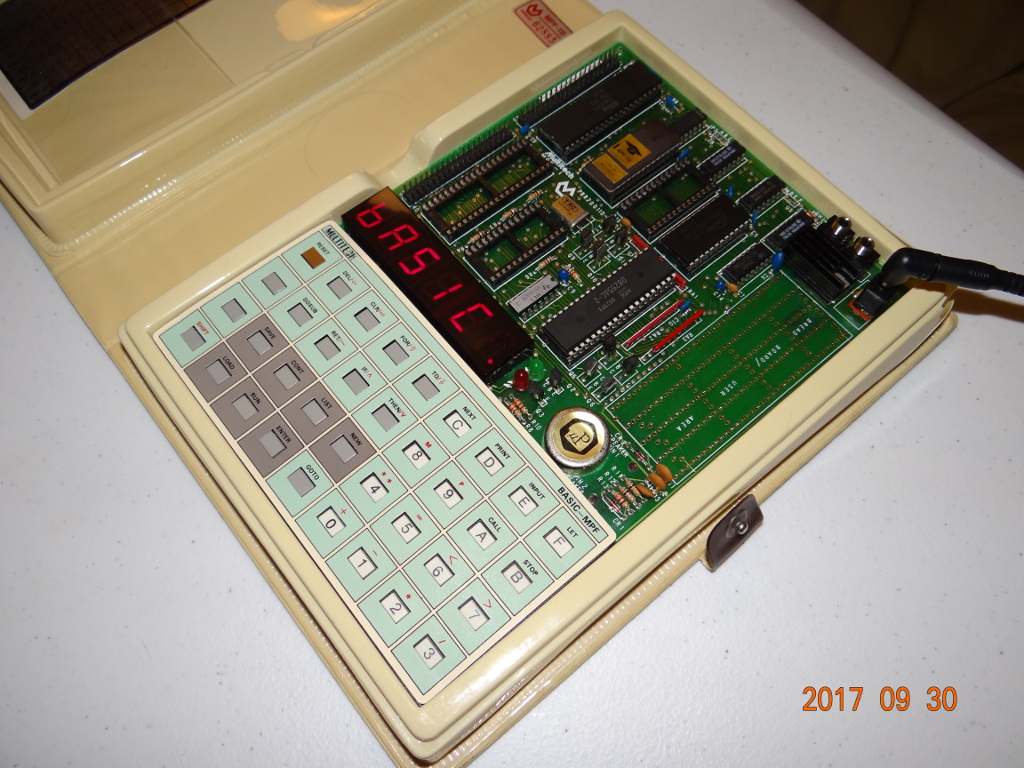It is actually quite shocking to see a comparison of how much mobile data €30 buys you in different countries in Europe. Let’s take a look at two examples: In Germany, according to the statistics of Rewheel and my own experience, €30 buys you around 6 GB with the cheapest network operator and far less with other network operators. On the other end of the scale is Finland where less than €30/month gets you a ‘all you can eat’ flatrate subscription!
Continue reading How Many GB Do €30 Buy You? – And Other Interesting Stats


